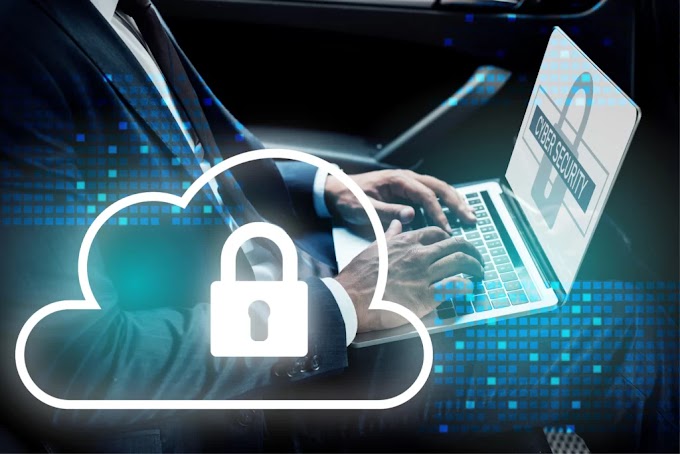Data leaks can be catastrophic for businesses and individuals, leading to financial losses, reputational damage, and legal liabilities. Preventing data leaks requires a proactive approach that combines robust technical measures, comprehensive policies, and a culture of security awareness. Here are essential strategies to safeguard sensitive data and mitigate the risks of data leaks:
1. Establish a Strong Foundation with Data Governance
A well-defined data governance framework lays the groundwork for effective data protection.
- Data Inventory and Classification: Conduct an inventory of all data assets and classify them based on sensitivity (e.g., public, confidential, sensitive). This helps prioritize protection measures.
- Data Access Controls: Implement stringent access controls based on the principle of least privilege. Regularly review and update access permissions to ensure only authorized personnel have access to sensitive data.
- Data Retention and Disposal Policies: Define clear guidelines for retaining data only as long as necessary and securely disposing of it when no longer needed, in compliance with legal and regulatory requirements.
2. Implement Strong Encryption Practices
Encryption converts data into unreadable ciphertext, ensuring that even if unauthorized parties access it, they cannot interpret it.
- Data-at-Rest Encryption: Encrypt data stored on devices, servers, and databases to protect against physical theft or unauthorized access.
- Data-in-Transit Encryption: Use encryption protocols like TLS/SSL to secure data transmitted over networks and prevent interception by malicious actors.
- End-to-End Encryption (E2EE): Implement E2EE for sensitive communications and file transfers to ensure data remains encrypted from sender to recipient.
3. Deploy Robust Data Loss Prevention (DLP) Solutions
DLP solutions are essential for monitoring, detecting, and preventing unauthorized data transfers and leaks.
- Content Discovery and Classification: Use DLP tools to scan and classify sensitive data across endpoints, cloud platforms, and network environments.
- Policy Enforcement: Enforce data protection policies with automated rules that detect and prevent unauthorized data access or transmission.
- Behavioral Analytics: Utilize behavioral analytics to identify unusual patterns of data access or usage that may indicate insider threats or security breaches.
4. Educate and Train Employees
Human error remains a significant factor in data breaches, underscoring the importance of continuous education and training.
- Security Awareness Programs: Conduct regular training sessions to educate employees about data security best practices, phishing scams, and social engineering tactics.
- Data Handling Protocols: Train employees on proper data handling procedures, emphasizing confidentiality, data minimization, and secure communication practices.
- Incident Response Training: Educate staff on recognizing and reporting security incidents promptly. Establish clear protocols for responding to data breaches to minimize impact and mitigate risks.
5. Secure Network Infrastructure and Endpoints
Securing network infrastructure and endpoints is crucial to preventing unauthorized access and data breaches.
- Network Segmentation: Segment networks to isolate sensitive data and limit access based on user roles and responsibilities.
- Endpoint Security: Deploy endpoint protection solutions such as antivirus software, firewalls, and intrusion detection systems (IDS) to detect and mitigate threats.
- Patch Management: Maintain up-to-date systems and applications with the latest security patches to address known vulnerabilities and reduce the risk of exploitation.
6. Monitor and Audit Data Access
Continuous monitoring and auditing of data access help detect and respond to suspicious activities promptly.
- Logging and Monitoring: Maintain comprehensive logs of data access, modifications, and system events. Regularly review logs for anomalies or unauthorized access attempts.
- User Behavior Analysis: Utilize user behavior analytics tools to monitor and analyze patterns of data access and usage, identifying deviations that may indicate potential security incidents.
7. Create a Culture of Security
Foster a culture that prioritizes data privacy and security throughout the organization.
- Leadership Commitment: Ensure senior management champions data security initiatives and allocates resources for effective implementation.
- Regular Assessments and Improvements: Conduct regular security assessments, including penetration testing and vulnerability assessments, to identify and remediate security gaps.
- Compliance and Regulations: Stay informed about data protection regulations and industry standards relevant to your organization, ensuring compliance and proactive adaptation to evolving requirements.
Conclusion
Protecting sensitive data requires a proactive and integrated approach that addresses technical, procedural, and human factors. By implementing these strategies, organizations can enhance their resilience against data leaks, safeguard valuable information, and maintain trust with stakeholders. Prioritizing data security as a strategic imperative ensures readiness to mitigate emerging threats and uphold data privacy in an increasingly interconnected digital environment.


.jpg)


0 Comments